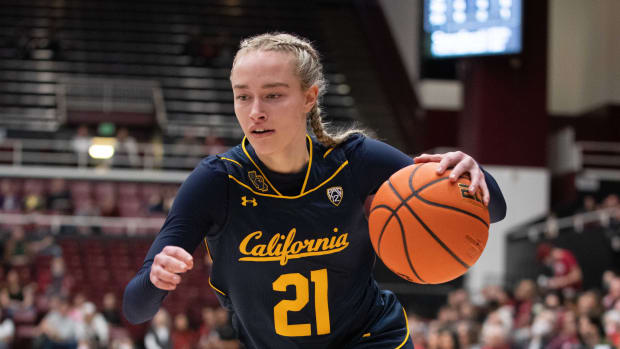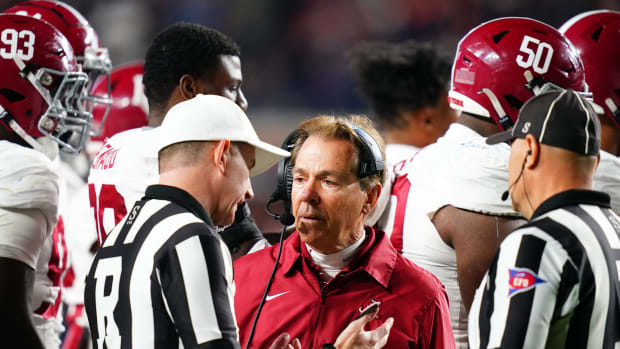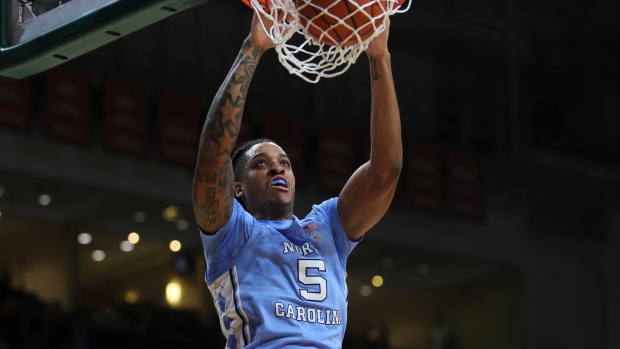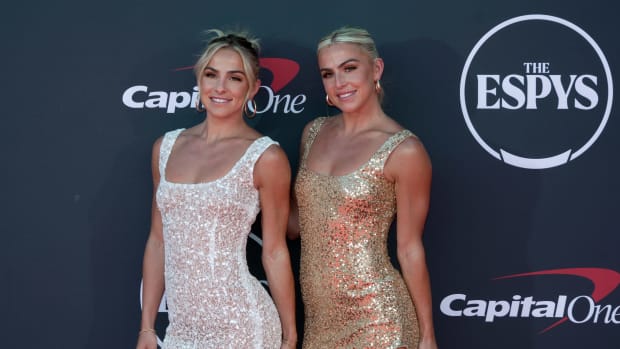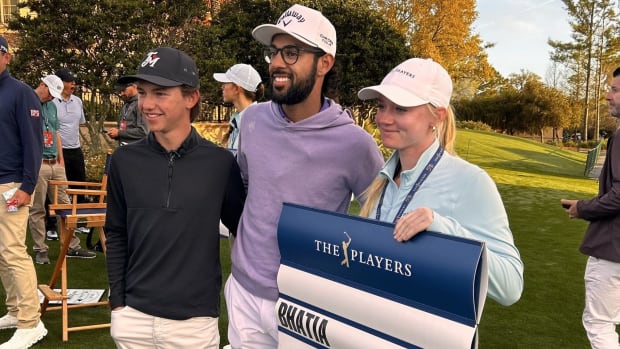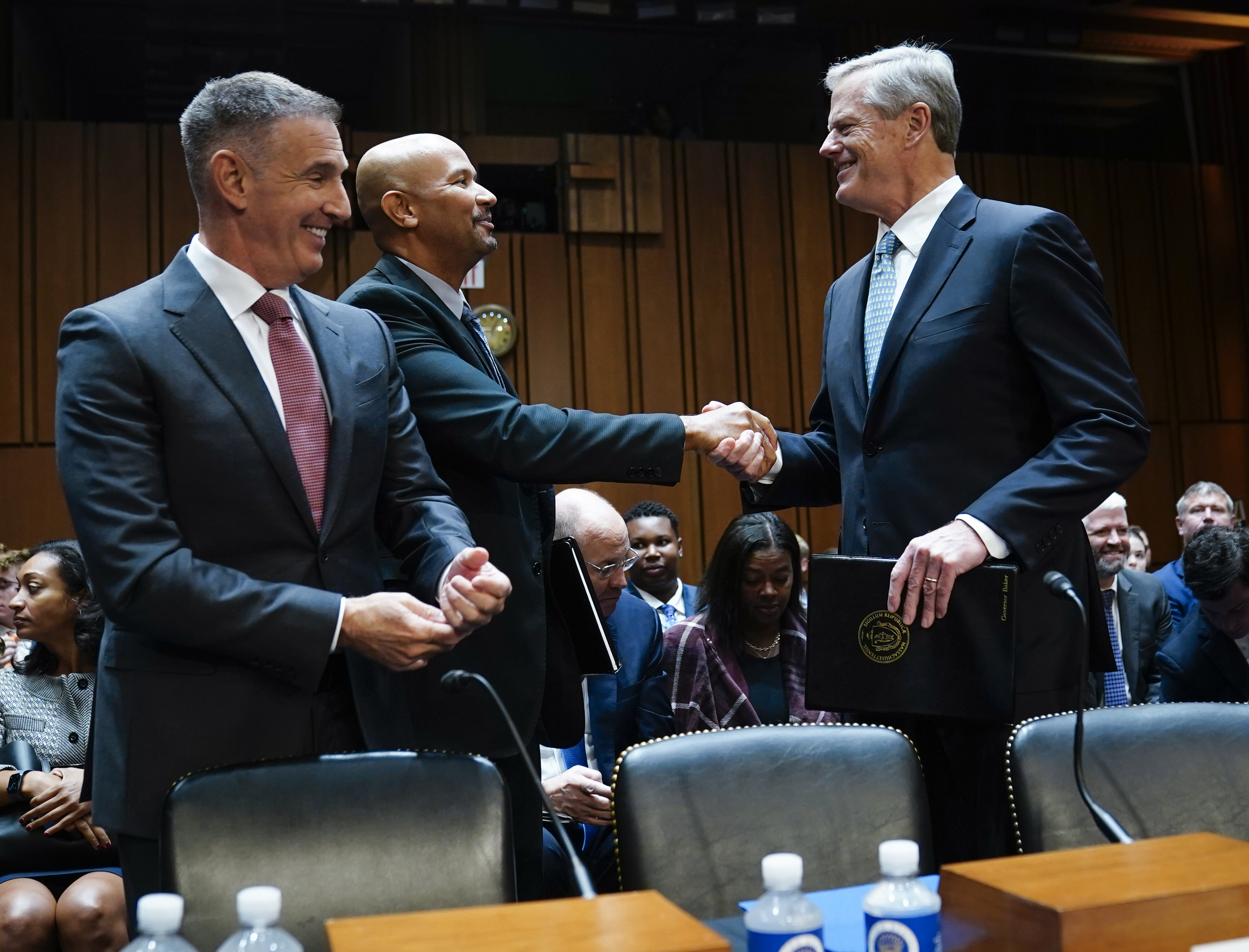
Division-I Conferences Unite to Advocate for Federal NIL Legislation
On October 17th, the 10th congressional hearing by the Senate Judiciary Committee on NIL took place; despite passionate rhetoric from leaders in college athletics, no progress toward a federal law governing NIL regulation seems to have been made.
Yesterday, in a historic move, 28 Division I athletic conferences* (named below) joined forces to lobby for increased name, image, and likeness (NIL) standardization. All Power Five conferences and their high-major basketball counterpart, the Big East, lead the charge.
The newly established "Coalition for the Future of College Athletics," (C4FCA) marks the most unified attempt to address the existing asymmetry of state NIL legislation. Due to the reluctance of Congress to pass uniform NIL regulation since its inception in July of 2021, it has been left to the states to craft their own legislation.
C4FCA aims to be the guiding light that can lead to federal NIL legislation, preempting the barrage of divergent state laws.
Significant discrepancies exist between state NIL governance: most notably, certain NIL-friendly states permit institutional involvement, allowing schools to use internal resources to help athletes secure deals.
This is, without a doubt, an advantage to schools that reside in states with more lenient NIL laws.
While institutional NIL facilitation is the most significant issue on the minds of athletic directors, other regulatory inconsistencies that can promote a confusing and imbalanced landscape exist:
- How long will the duration of an NIL contract be? (after eligibility is up)
- Required institutional NIL education
- The rights to license athletes institutional trademarks for NIL use
- High schooler’s ability to participate in NIL
- Morality clauses –– what items/brands can athletes endorse
Not to be outdone by rivals across state lines, many schools have lobbied their respective state legislators to amend or formally repeal any governance that has kept them at a competitive disadvantage.
This has led to a two-year revolving door of amended and repealed state laws. If operating in the “Wild Wild West” of NIL was not legally gray enough, the constant change surrounding regulation does nothing but further catalyze this phenomenon.
So, what else does C4FCA want?
Outside of federal legislation, C4FCA aims to ensure, through its lobbying efforts, that congressional action preserves student-athletes’ identity as non-employees.
With an employee designation on student-athletes, increased costs could jeopardize the economic viability of having non-revenue varsity athletics.
Additionally, in an employment regime, questions loom around Title IX’s applicability to “student-athlete-employees” and foreign athletes’ ability to participate in employment-based athletics on F1 student visas.
Many current efforts attempt to undermine the NCAA’s longstanding "tradition of amateurism" in college athletics. The Johnson employment case in the 3rd Circuit aims to make all student-athletes employees of their respective institutions; the House case seeks to expand NIL rights, potentially creating direct “pay-for-play” payments in a revenue-share model.
These threats are all the more worrisome for college athletic leadership, as the Supreme Court’s current stature unapologetically disfavors the NCAA’s anti-competitive practices –– as seen in Justice Kavanaugh’s unyielding concurrence in the Alston case.
With the walls seemingly closing in on "amateurism," NCAA and Conference leadership know time is of the essence in a race against judicial intervention.
Congressional action appears to be the only way to halt student-athlete’s increased demands.
There exists a central tension in the demand for federal NIL legislation.
If a unified system of NIL law exists, it will promote competitive equity, ease confusion, and allow for more robust governance. On the flip side, any quasi or actual antitrust exemption provided to the NCAA through federal legislation will curtail the increased demands of student-athletes –– demands like increased medical coverage and a revenue-sharing model that, given the recent 7 billion dollar valuation of the Big Ten media deal, may not be too crazy to ask for.
*28 Division I Conferences mentioned above
- American Athletic Conference
- America East Conference
- Atlantic Coast Conference
- Atlantic Sun Conference
- Atlantic 10 Conference
- BIG EAST Conference
- Big Sky Conference
- Big South Conference
- Big Ten Conference
- Big 12 Conference
- Big West Conference
- Conference USA
- Horizon League
- Mid-American Conference
- Mid-Eastern Athletic Conference
- Missouri Valley Conference
- Missouri Valley Football Conference
- Mountain West
- Ohio Valley Conference
- Pac-12 Conference
- Pioneer Football League
- Southeastern Conference
- Southwestern Athletic Conference
- Southern Conference
- Summit League
- Sun Belt Conference
- West Coast Conference
- Western Athletic Conference
